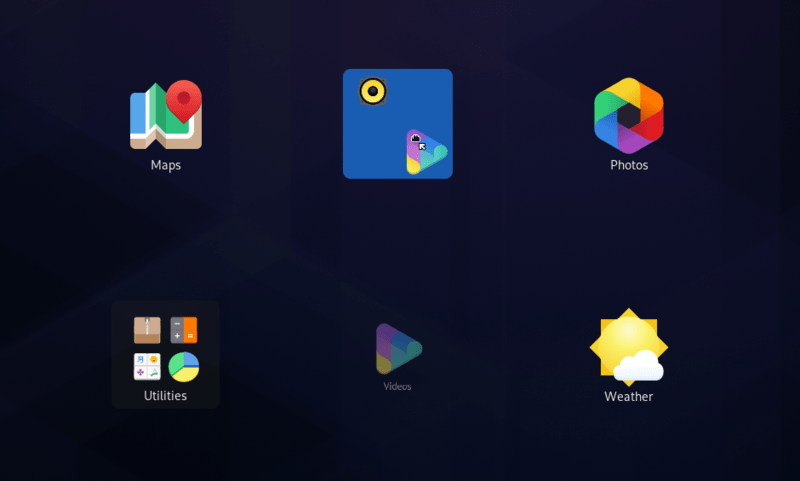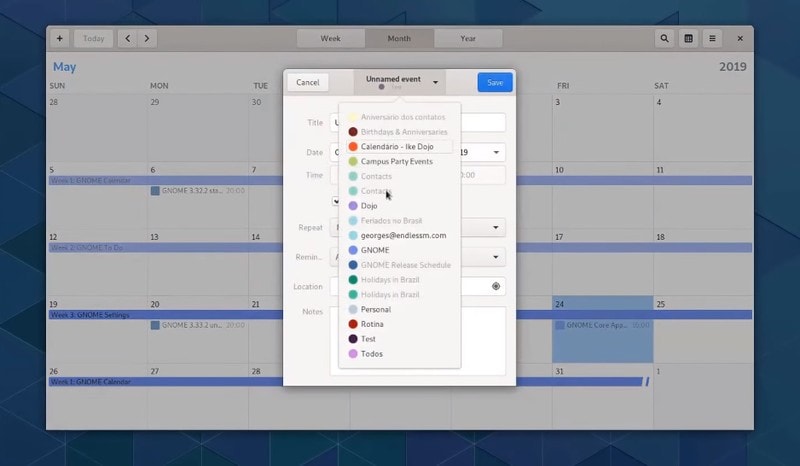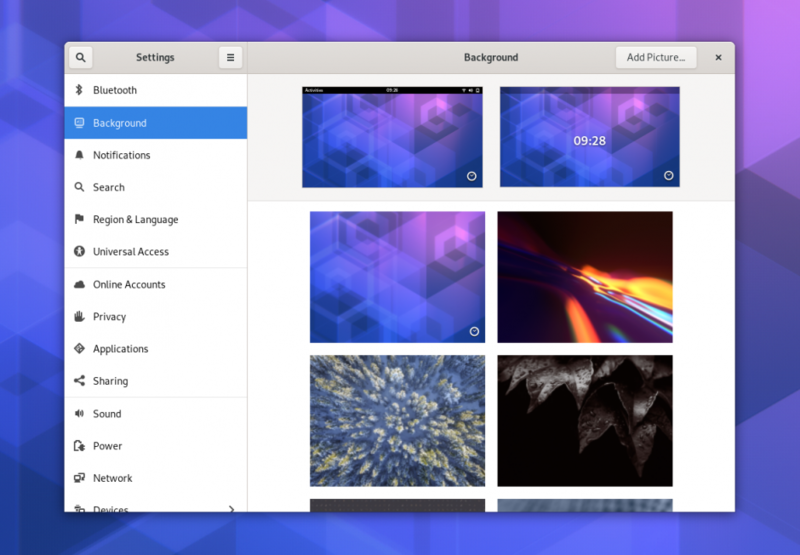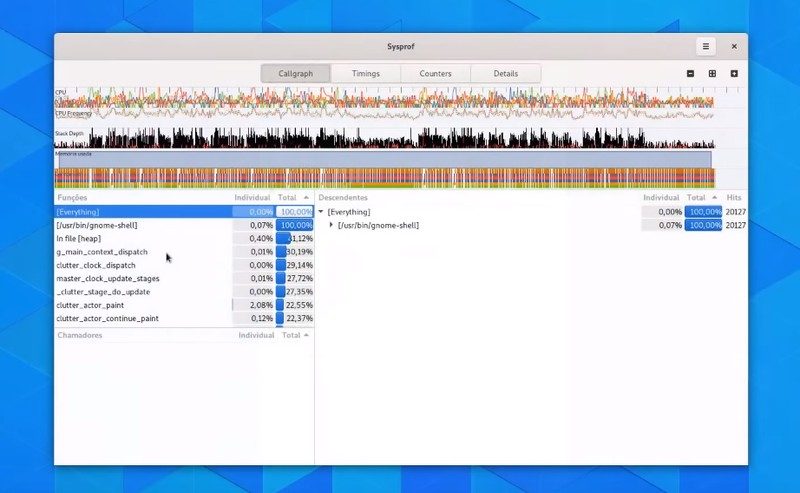The latest version of GNOME dubbed “Thessaloniki” is here. It is an impressive upgrade over GNOME 3.32 considering 6 months of work there.
With this release, there’s a lot of new features and significant performance improvements. In addition to the new features, the level of customization has also improved.
Here’s what’s new:
GNOME 3.34 Key Improvements
You may watch this video to have a look at what’s new in GNOME 3.34:
Drag and drop app icons into a folder
The new shell theme lets you drag and drop the icons in the app drawer to re-arrange them or compile them into a folder. You may have already used a feature like this in your Android or iOS smartphone.

Improved Calendar Manager
The improved calendar manager integrates easily with 3rd party services and gives you the ability to manage your schedule right from your Linux system – without utilizing another app separately.

Background selection settings
It’s now easier to select a custom background for the main screen and lock screen as it displays all the available backgrounds in the same screen. Saves you at least one mouse click.

Re-arranging search options
The search options/results can be re-arranged manually. So, you can decide what comes first when you head to search something.
Responsive design for ‘Settings’ app
The settings menu UI is now responsive – so that you can easily access all the options no matter what type (or size) of device you’re on. This is surely going to help GNOME on Linux smartphones like Librem 5.
In addition to all these, the official announcement also notes useful additions for developers (additions to system profiler and virtualization improvements):
For developers, GNOME 3.34 includes more data sources in Sysprof, making performance profiling an application even easier. Multiple improvements to Builder include an integrated D-Bus inspector.

How to get GNOME 3.34?
Even though the new release is live – it hasn’t yet reached the official repositories of your Linux distros. So, we recommend to wait it out and upgrade it when it’s available as update packages. In either case, you can explore the source code – if you want to build it.
Well, that’s about it. If you’re curious, you may check out the full release notes for technical details.
What do you think about the new GNOME 3.34?

